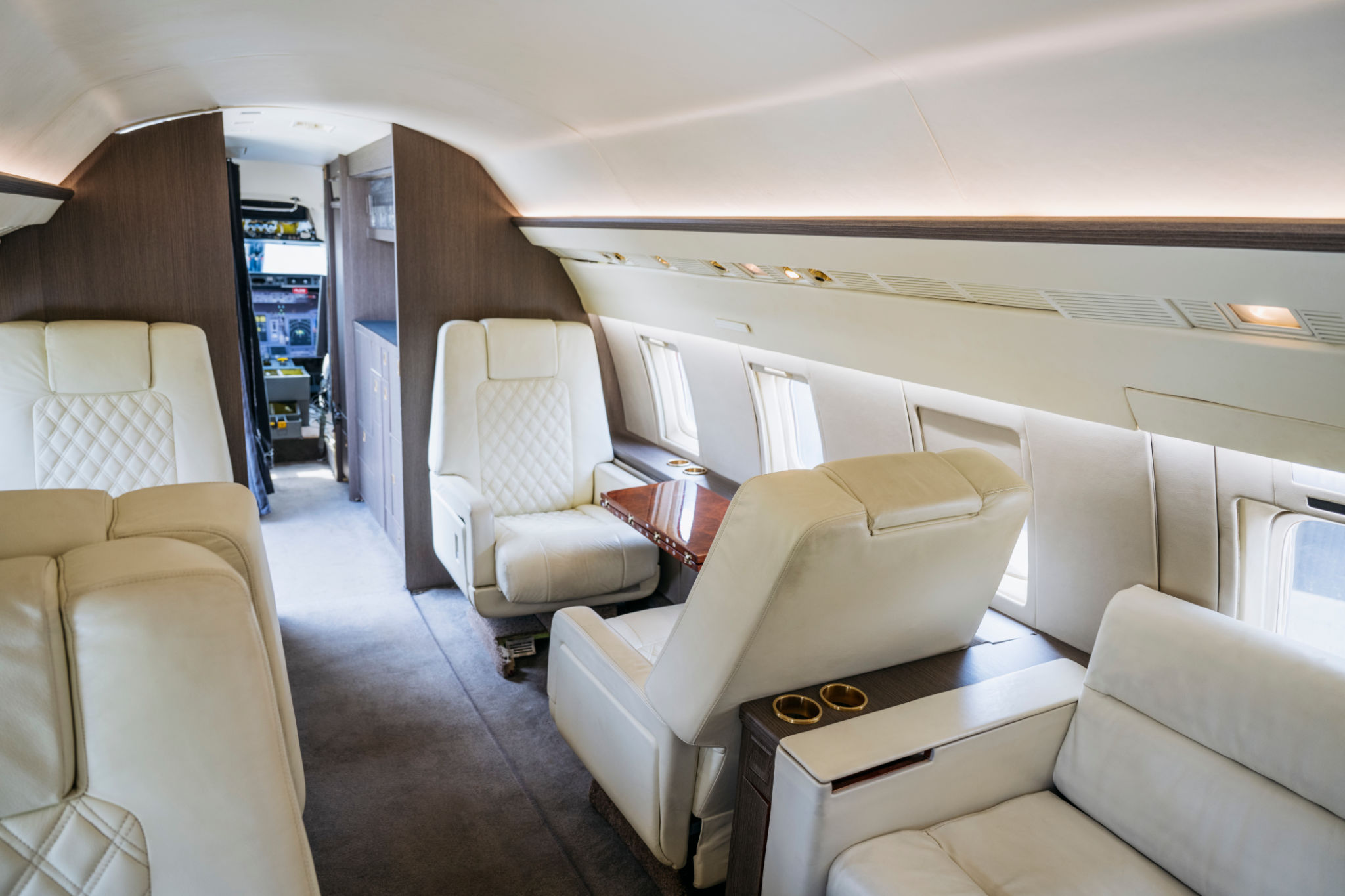How to Choose the Right Aircraft for Your Needs: A Buyer's Guide
Understanding Your Requirements
Choosing the right aircraft is a significant decision, whether you're a business looking to expand your fleet or an individual seeking a private plane. The first step is to thoroughly understand your specific needs. Consider factors such as the purpose of the aircraft, the typical number of passengers, and the usual distance you plan to travel. These considerations will heavily influence the type of aircraft that will be most suitable for you.
Another important aspect is your budget. Determine not only how much you can spend initially but also consider ongoing operational costs. This includes fuel efficiency, maintenance, and storage. A clear understanding of your financial limits will narrow down your options significantly.

Types of Aircraft
The aviation market offers a variety of aircraft types, each designed for different purposes. Here are some of the most common:
- Single-Engine Propeller Planes: Ideal for short distances and smaller loads.
- Multi-Engine Aircraft: Suitable for longer distances with more passengers or cargo.
- Jets: Provide speed and comfort, perfect for business travel.
Understanding these categories will help you identify which type fits your travel needs best. For instance, if you frequently fly long distances, investing in a jet might be more practical despite its higher cost.

Evaluating Aircraft Performance
Performance metrics are crucial in making your decision. Consider factors like speed, range, and fuel efficiency. These details often dictate the overall utility of the aircraft, especially if time-sensitive travel is a priority for you. Research the performance specifications of potential aircraft models thoroughly before making a commitment.
Additionally, consider the aircraft's capacity for upgrades and modifications. Some models offer more flexibility in terms of customization, which can be beneficial if you foresee changing needs in the future.

Safety Features and Technology
Safety should always be at the forefront of your decision-making process. Modern aircraft come equipped with advanced safety features and technology that enhance passenger protection and comfort. Ensure that any aircraft you consider meets all necessary safety regulations and has a strong track record.
It's also wise to look into the avionics and technology available in the cockpit. Updated navigation systems and autopilot features can significantly enhance the flying experience, making it safer and more efficient.
Manufacturer Reputation and Support
The reputation of the aircraft manufacturer can provide insight into the quality and reliability of their products. Research manufacturers' histories, customer reviews, and how they handle customer service and support after purchase. A reputable manufacturer usually signifies better reliability and peace of mind.
Consider also the availability of parts and maintenance services. Choosing an aircraft from a manufacturer with a wide service network can save you time and hassle in the long run.

The Buying Process
Once you've narrowed down your options, it's time to engage in the buying process. This involves negotiating terms, understanding warranties, and finalizing financing if necessary. Don't rush this stage; take your time to ensure all paperwork is in order and that you fully understand the terms of sale.
Consider hiring a broker or consultant who can guide you through this complex process. Their expertise can be invaluable in ensuring you make a sound investment.
Conclusion
Choosing the right aircraft requires careful consideration across several factors, from understanding your needs to evaluating performance and safety. By taking the time to thoroughly research and assess each aspect, you'll be better equipped to make an informed decision that aligns with your ambitions and financial capabilities.
Remember, investing in an aircraft is a significant commitment. Prioritize quality, safety, and reliability to ensure that your choice serves you well for years to come.
